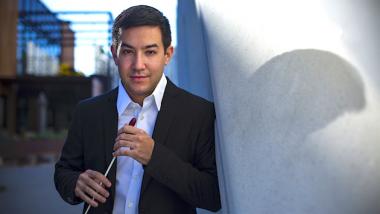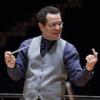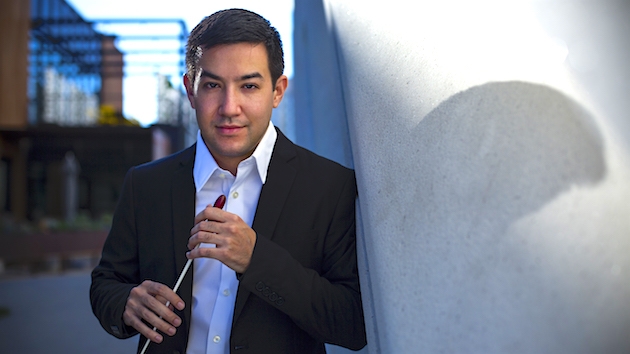
Under its vibrant new music director, Francesco Lecce-Chong, the Santa Rosa Symphony this past Sunday offered a nearly perfect afternoon of Mozart (Symphony No. 40) and Mahler (Symphony No. 4). While the two works share a common digit, the only element uniting them is genius. They made for a dazzling couple.
As if to herald these two masterworks, Lecce-Chong opened the program with two antiphonal brass fanfares by Toru Takemitsu: Signals from Heaven I (Day) and Signals from Heaven II (Night). For the Day Signal, six brass players occupied stage right, while another half-dozen defended stage left, with Lecce-Chong conducting in the middle and nobody else on stage. In the fashion of Gabrielli, the antiphon was slow-moving and filled with echo effects, building steadily to a triumphant chord. For the Night Signal, the players rearranged themselves and intoned a leisurely series of descending figures underneath a trumpet solo, again building to a sustained chord. The playing was excellent throughout.
As the rest of the orchestra filed in for the Mozart, the stage manager removed Lecce-Chong’s music stand. Lecce-Chong conducted the remainder of the concert from memory and, for the Mozart, without a baton.
The lack of a score or a baton allowed Lecce-Chong to engage closely with the orchestra, which responded in kind. They started the Allegro molto first movement at a brisk pace, with solid unisons from the various string sections. Their bows moved as one, and their intonation was superb. Lecce-Chong was a model of restraint, conducting with his head as much as his hands.
The second movement is marked Andante, but Lecce-Chong’s tempo was more like Allegretto, with sharply etched articulations and a playful spirit. Freed of the baton, Lecce-Chong used both arms almost equally, indicating long phrases rather than simply beating time. The Minuet third movement was likewise brisk, with an almost militaristic drive. The Trio section offered a brief respite, but the Minuet returned even more fierce and determined, with the players digging deeply into their strings.
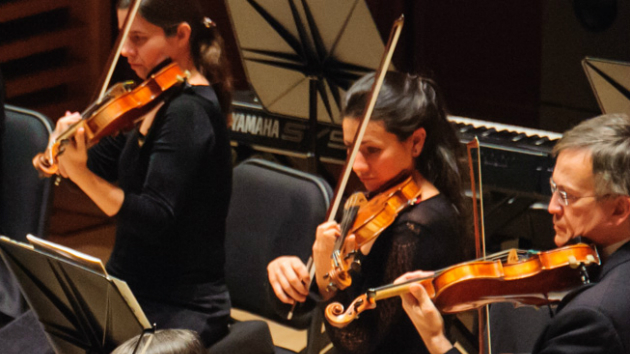
The Allegro finale was a sprint to the finish, with more great unisons from the strings, even on the trickiest passages. Lecce-Chong propelled the orchestra forward with ever-more dramatic movements — spreading his arms wide and punching the air in front of him like a boxer. For all that, the high points were the sudden rests, where the entire orchestra paused before launching back into the fray. The ending was electric.
Lecce-Chong took advantage of the interlude between the Takemitsu and the Mozart to explain the background for Mahler’s Fourth, which he described as “a child’s view of heaven.” The child in this case has passed away, so he or she is staring at the abundance of heaven, which is mostly blue sky with an occasional storm cloud.
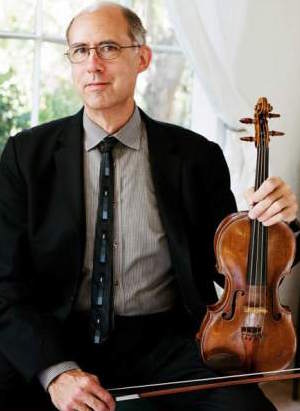
Lecce-Chong’s remarks proved quite helpful for approaching the symphony, which offers a dizzying array of themes interspersed with bits of song and sharp-edged solos. Armed with a baton but still scoreless, Lecce-Chong used a light touch to smooth the many transitions in the opening movement. The relationships between the orchestral sections were so complex that the piece sounded like chamber music for, say, 18 voices: an octadecatet. Despite the complexity, each voice was distinctive, nowhere more so than in the wonderful French-horn solo at the end, played beautifully by principal horn Meredith Brown.
Much of the focus in the Scherzo second movement was on concertmaster Joe Edelberg, who alternated his regular violin with another tuned a full step higher. He used the latter to lead a ghostly dance of death, in stark contrast to the otherwise sunny orchestration. His recurring pizzicatos were particularly chilling.
Lecce-Chong waited for full silence before unveiling the transcendent third movement, a quiescent Adagio that begins in the cellos and basses and gradually spreads upward through the orchestra. Despite the slow speed, the forward motion was ineluctable, bringing a hushed expectancy to the audience, which seemed to hang on to every note. Lecce-Chong never lost the thread as the theme and variations increased in urgency and emotion, ultimately exploding into triple-forte and then diminishing back to the opening dynamic. The impression was of floating in interstellar space.
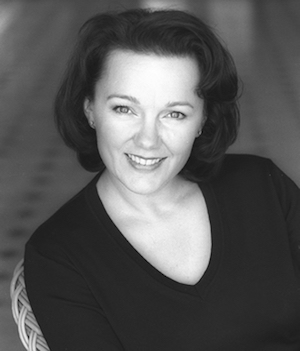
As the Adagio faded out, the soprano Maria Plette entered from stage right to sing the Mahler song that inspired the entire symphony: “Das himmlische Leben” (The Heavenly Life). Unfortunately, the text of the song wasn’t printed in the program, nor was it projected on a screen, so the audience was left to its own devices to figure out what Plette was singing. I was able to track down the text later, but I regret not having it at the time, because it adds significantly to the experience of the symphony. The key line is, “There is just no music on earth that can compare to ours.”
Setting the text problems aside, Plette sang adequately but not brilliantly. Her diction was good, and she projected well, but her vibrato was often too wide, and her voice could be sharp-edged. She did improve as she went along, however, and the orchestra continued to play brilliantly, making the final lines ring true: “The angelic voices gladden our senses, so that all awaken for joy.”

